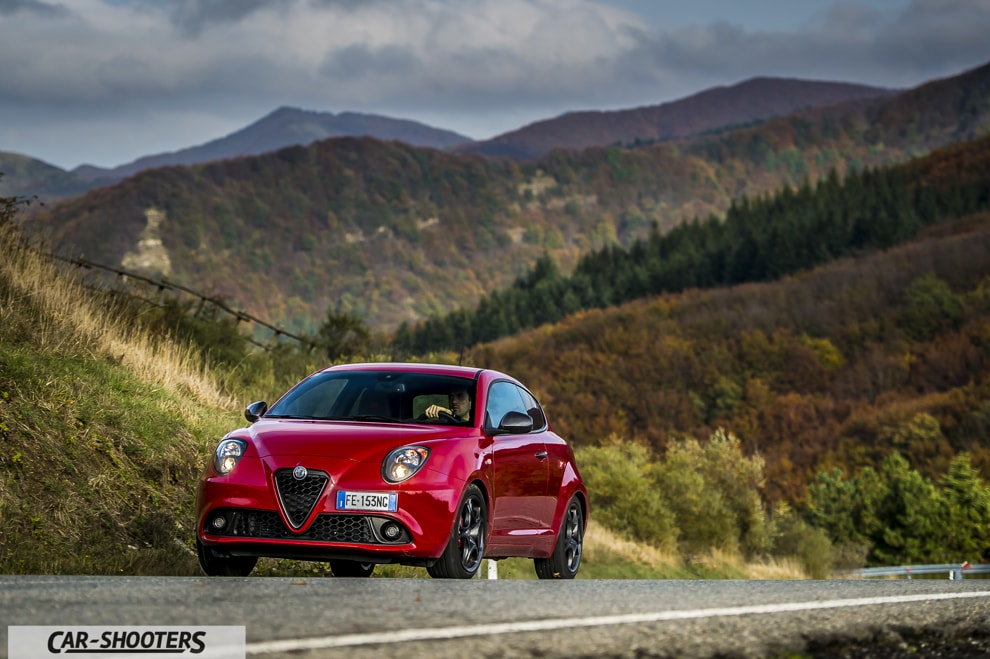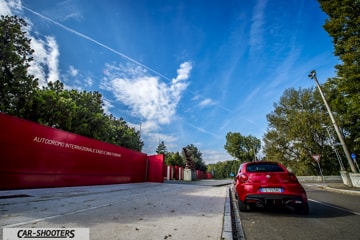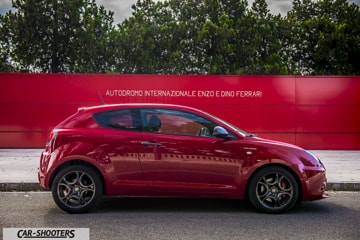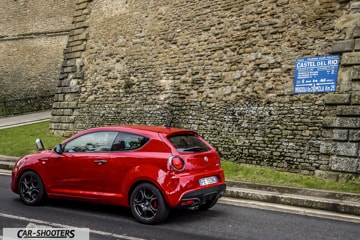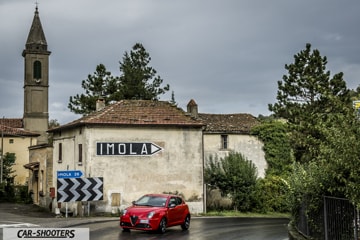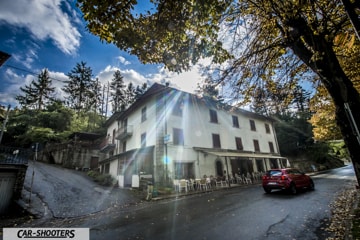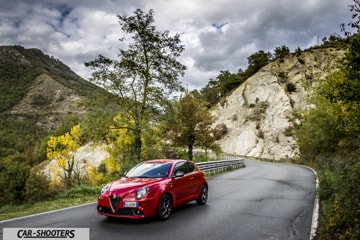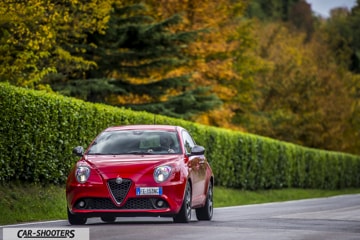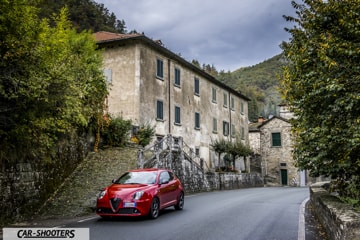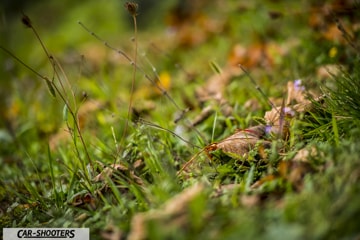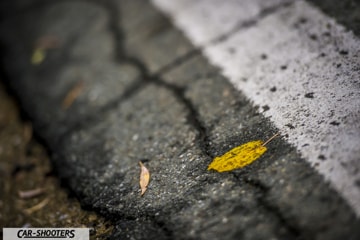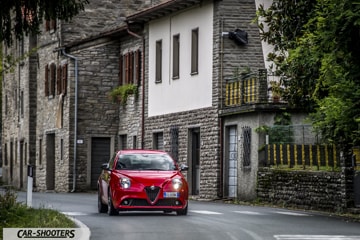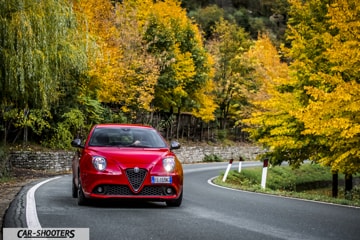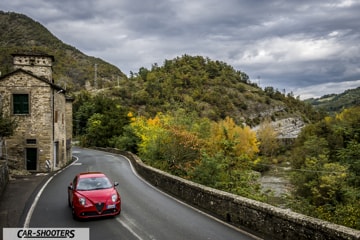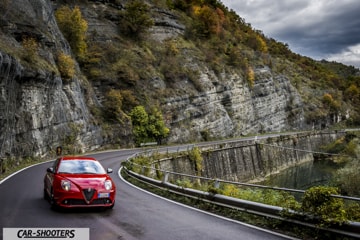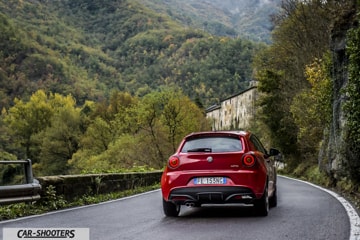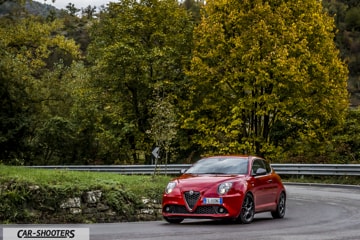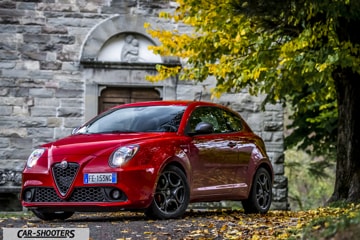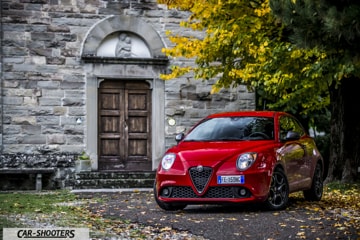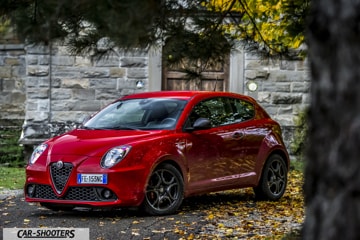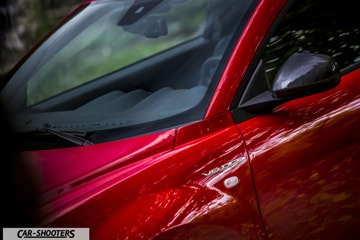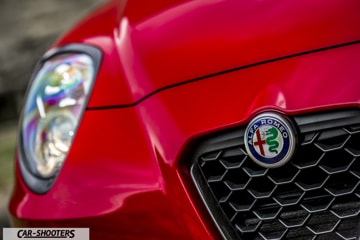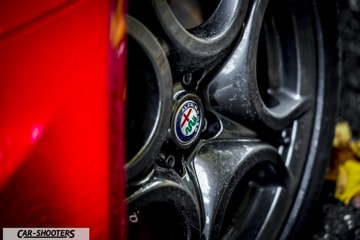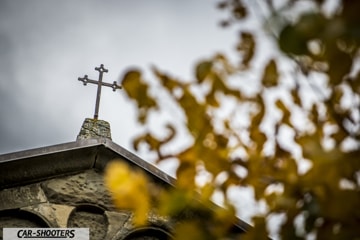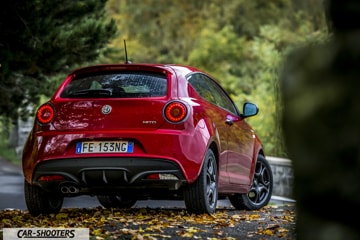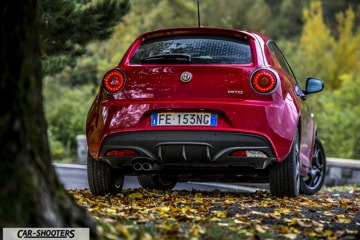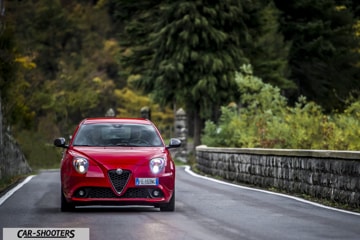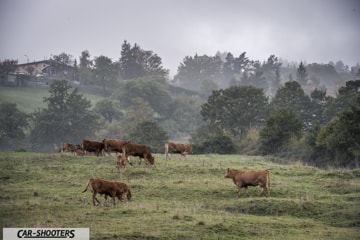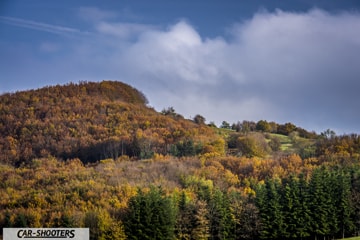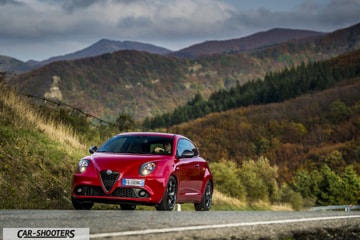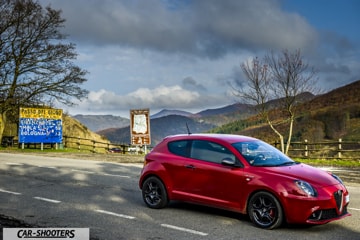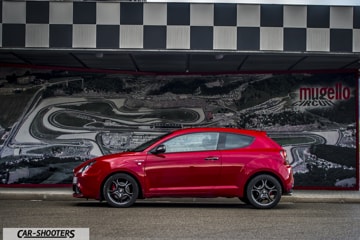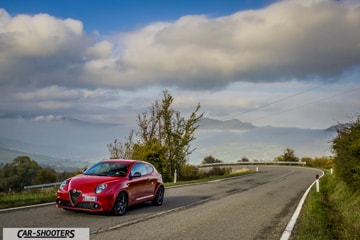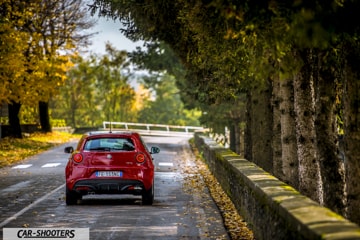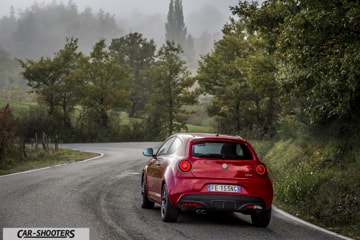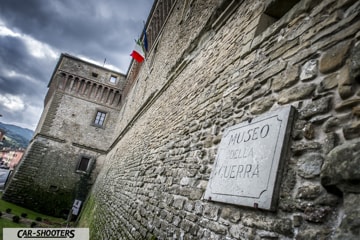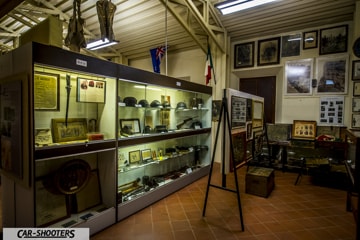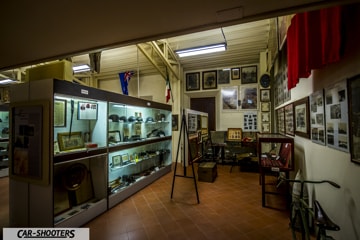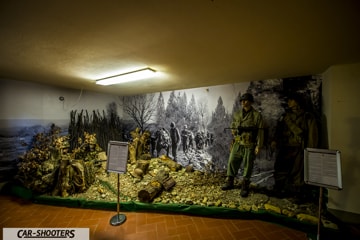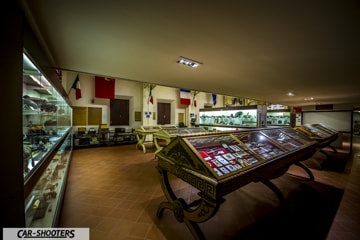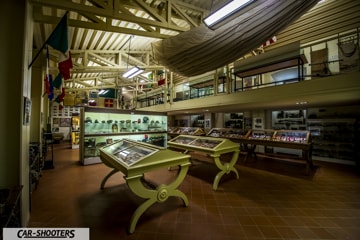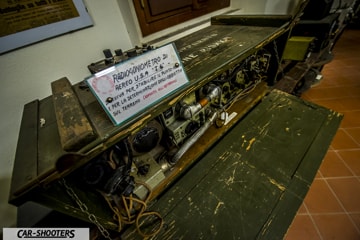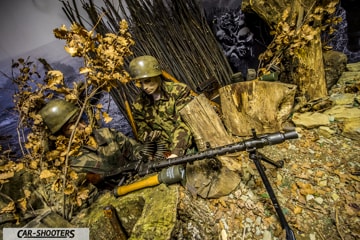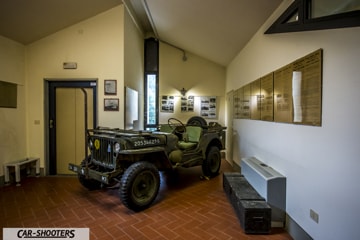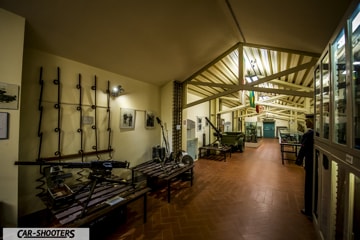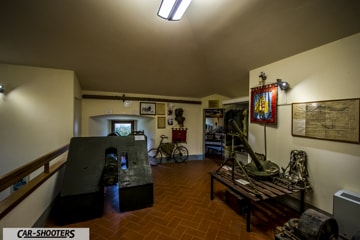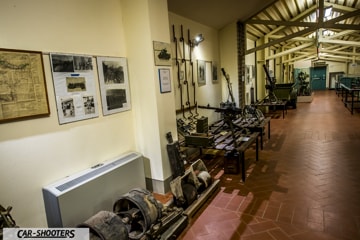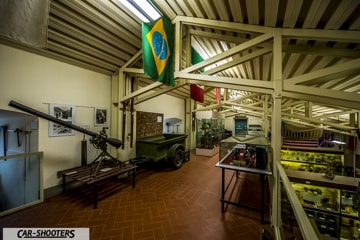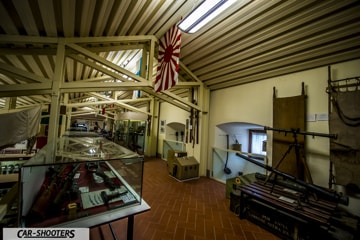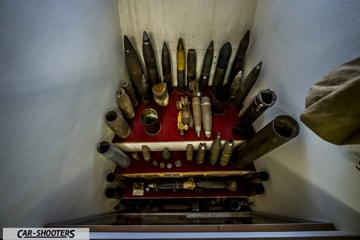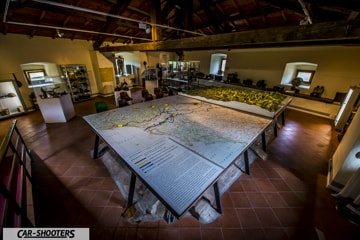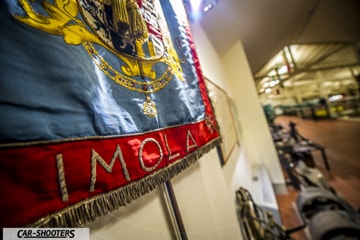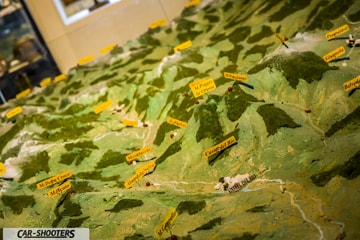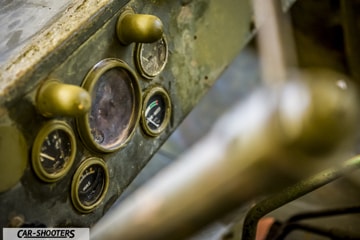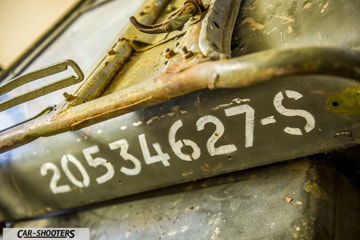In an autumn’s day we are at the Autodromo of Imola with a red Alfa Romeo MiTo VELOCE, just as are red the decorations around the Autodromo Enzo e Dino Ferrari. The sun peeping through the clouds, illuminating a circuit that was surely in the history of Motorsport.
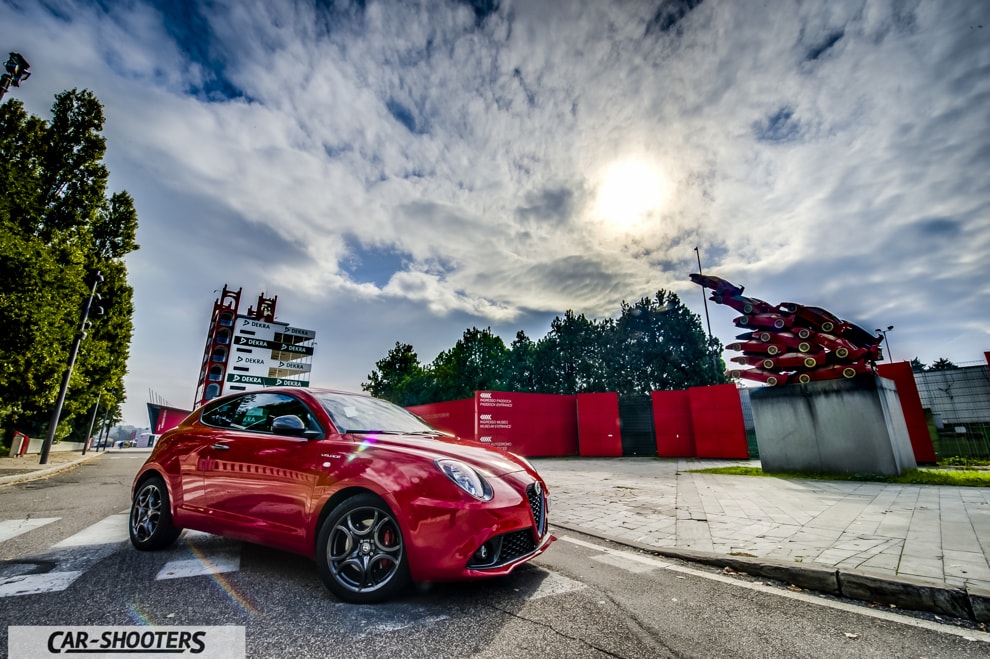
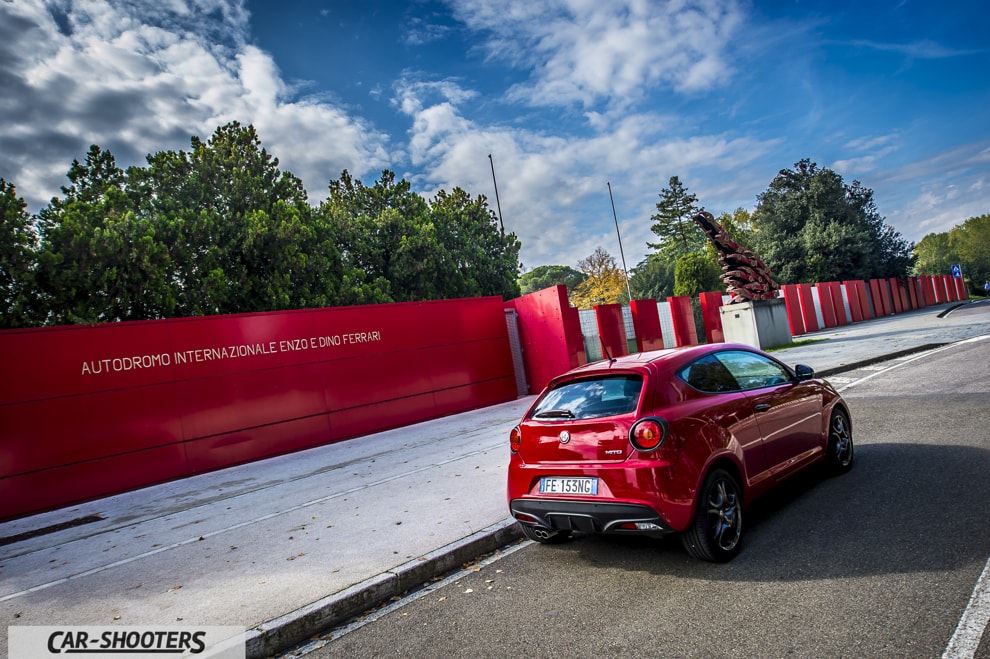
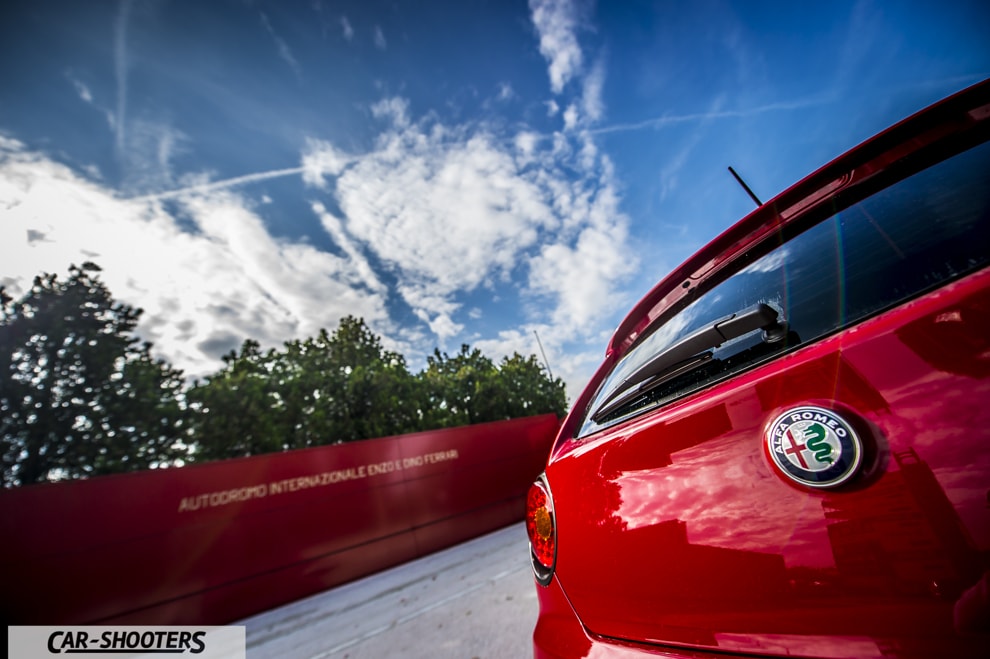
Founded and built between the mid-40s and mid-50s, the Autodromo Enzo e Dino Ferrari, is one of the few anti-clockwise circuits and hosted in 1980 the F1 Grand Prix of Italy and, from 1981 to 2006, the San Marino F1 Grand Prix. Famous, unfortunately for the tragic implications, is the Grand Prix of 1994 when three serious incidents appened, two of them unfortunately fatal. The first to crash during the Friday tests was Rubens Barrichello who reported only a few fractures. The race weekend unfortunately was then marked by the death of Ratzenberger on Saturday and then, during the race on Sunday, Senna also died. Senna is remembered with a statue in the Acque Minerali Park and with a plaque at the entrance of the paddock. For motorcycles world, the Imola Circuit is famous for the various appearances of the MotoGP World Championship and, currently, for the World Superbike Championship.
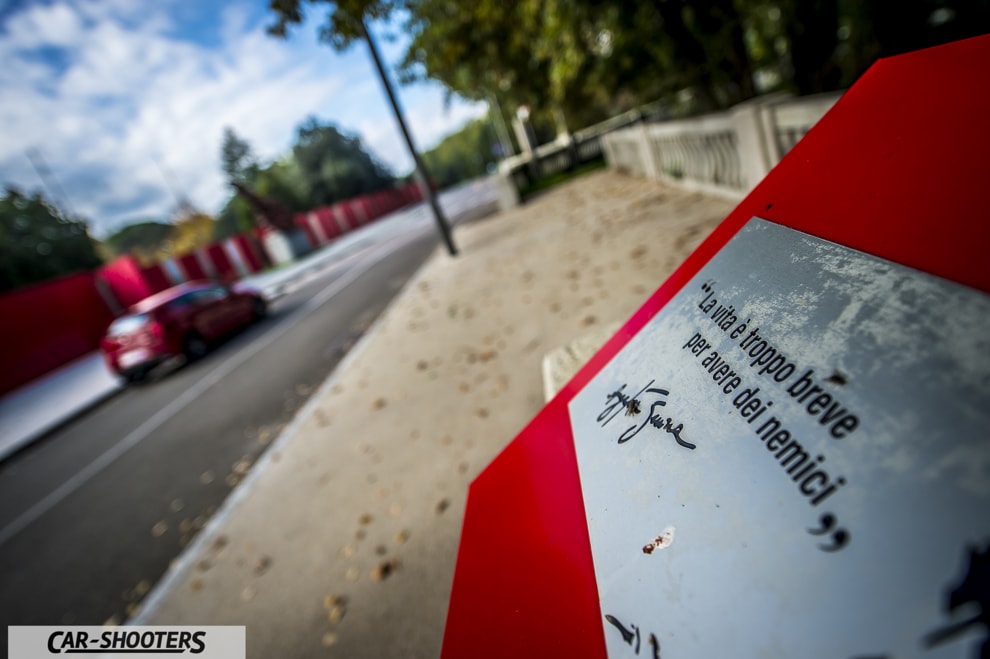
Unfortunately the preparations for the Imola Classic can’t let us bringing our Alfa Romeo MiTo VELOCE within the circuit for a few shots, so we head to the Tosa corner from where our itinerary begin. From this turn it starts Via di Codrignano that, with its long straights, takes us in the direction of Borgo Tossignano where we take the Strada Statale 610 Montanara Imolese that, with a spectacular mix of climbs, curves and great scenarious will lead us to Firenzuola. The road Montanara Imolese climbs the Appennines along the Santerno river and runs various villages, famous for being belonged to the Gothic Line.
The Gothic Line was a fortified defensive line instituted by the Germans during the World War II to defend itself by the advance of the Allies. This line litteraly “cuts” Italy from the provinces of Massa and Carrara to Rimini, passing through the Garfagnana, the Modenese Appennines and the Bolognese Apennines. Abandoned Borgo Tossignano the road still hesitates to rise, in fact to arrive at the first real corners we will have to pass the town of Fontanelice. The 1.4 Turbo petrol MultiAir engine that delivers 170hp of the Alfa Romeo MiTo VELOCE paws and wants to entertain us, but the wait for the first turns is passed enjoying the excellent sound from the BOSE audio system of which the vehicle is equipped.
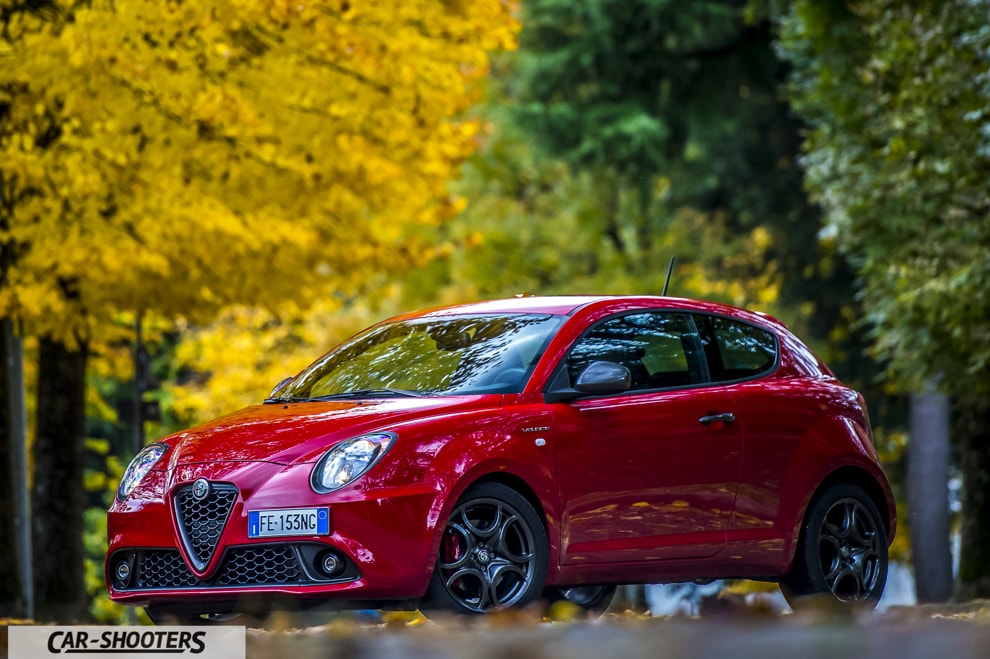
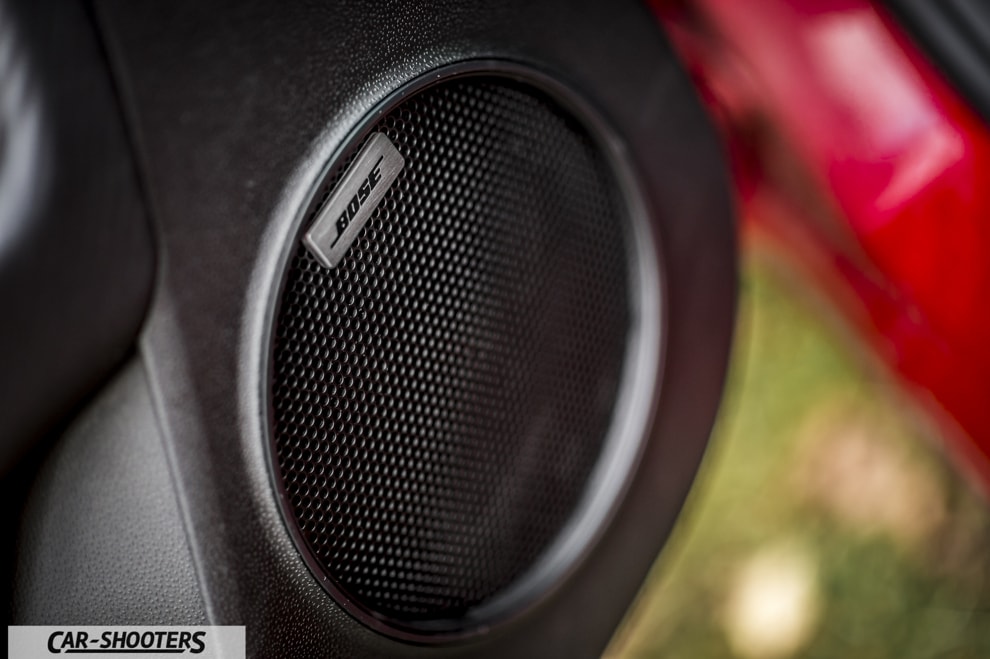
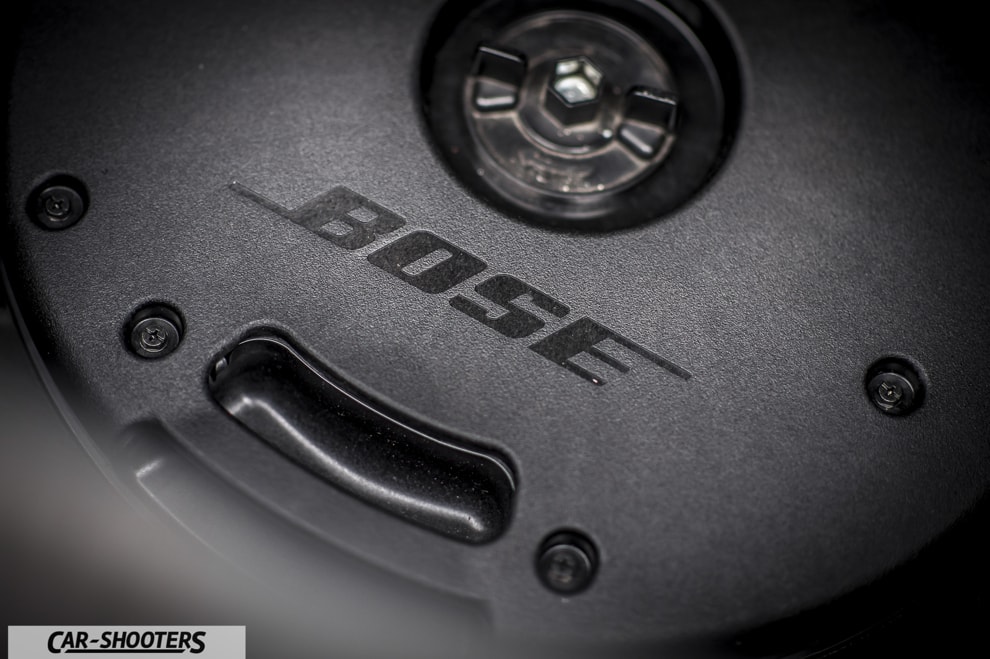
The road finally begins to give the first emotions at the village of Castel Del Rio where, however, we decide to stop to admire a small but interesting museum dedicated to the Gothic Line. The “pitstop” in order to admire the Museum of Castel Del Rio is highly recommended and at the bottom of the article you will find a dedicated gallery with a few shots of the interior of the collection.
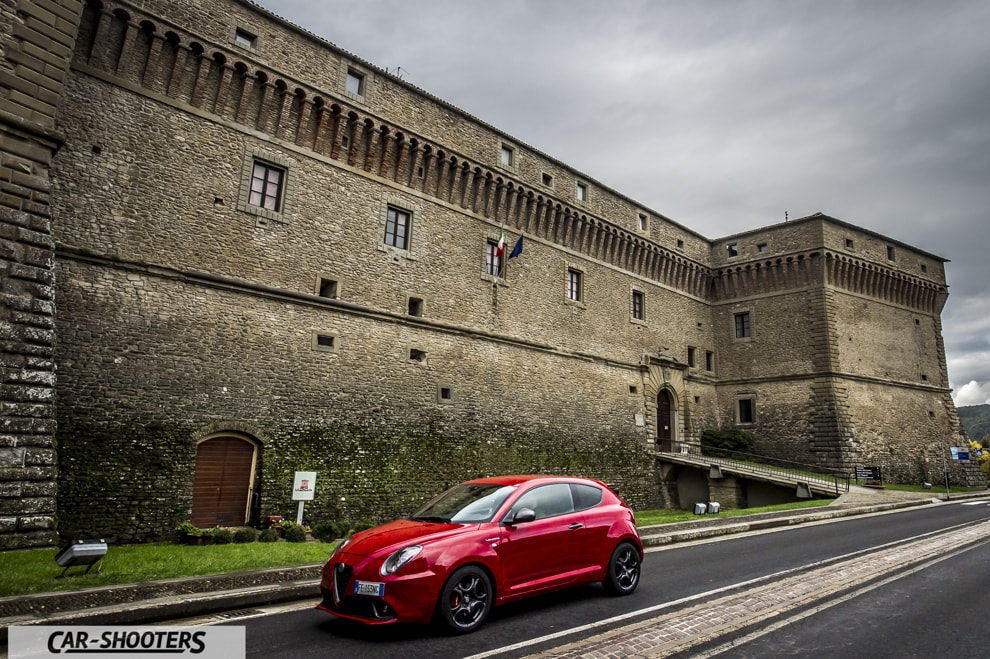
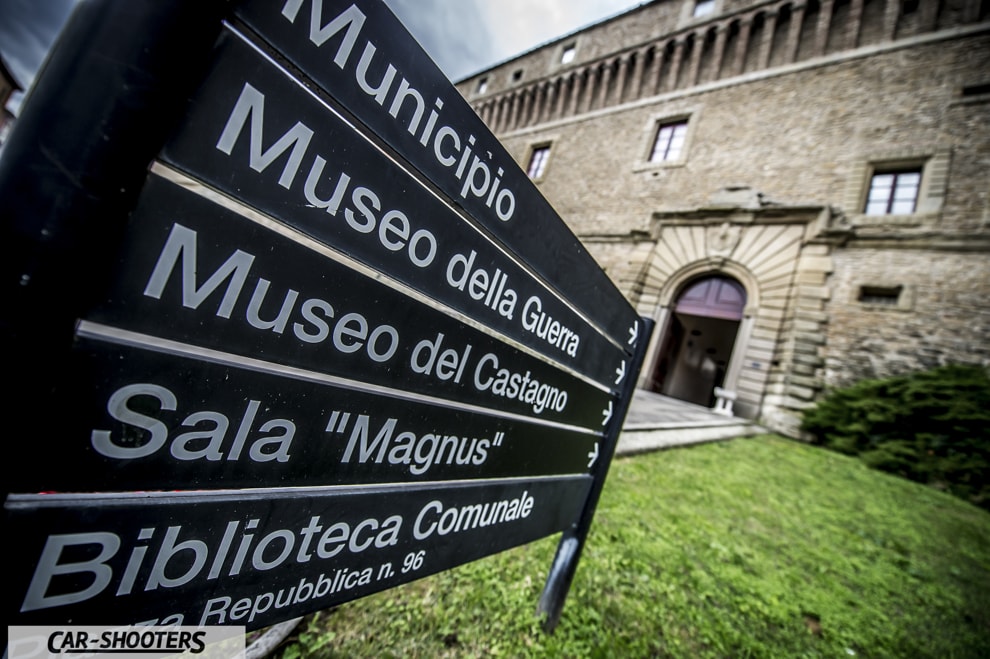
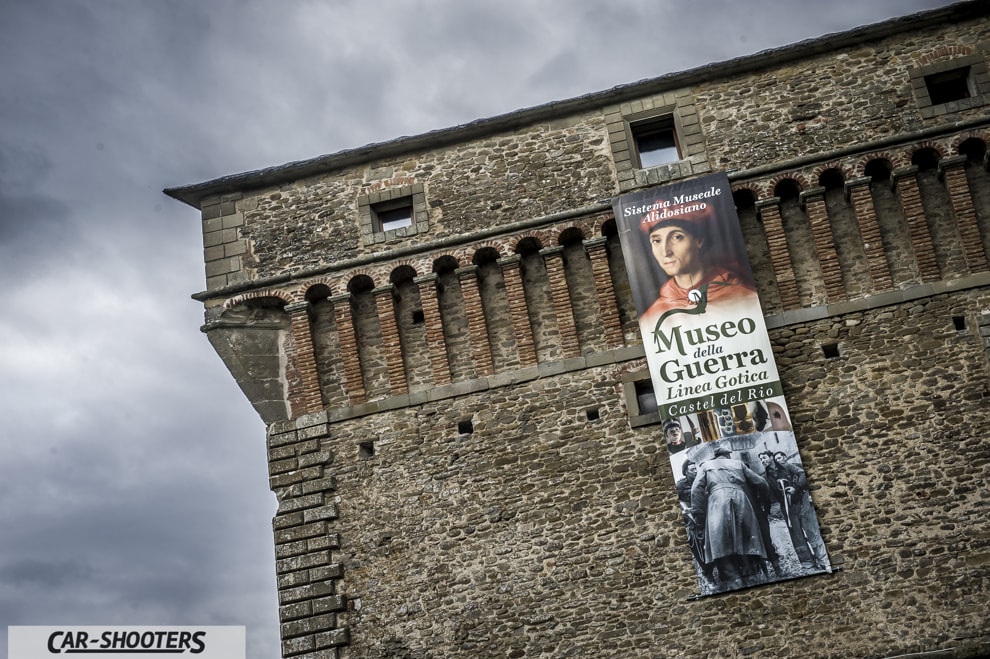
It’s time to turn on again our MiTo VELOCE. Left us behind Castel Del Rio THE Strada Montanara Imolese gives curves and really spectacular scenarious, the fun of driving is always present but also the eye is certainly gratified and amazed corner after corner. In the town of Moranduccio you pass the border that divides Emilia Romagna and Tuscany, later we cross the Coniale town, Scheggianico and San Pellegrino.
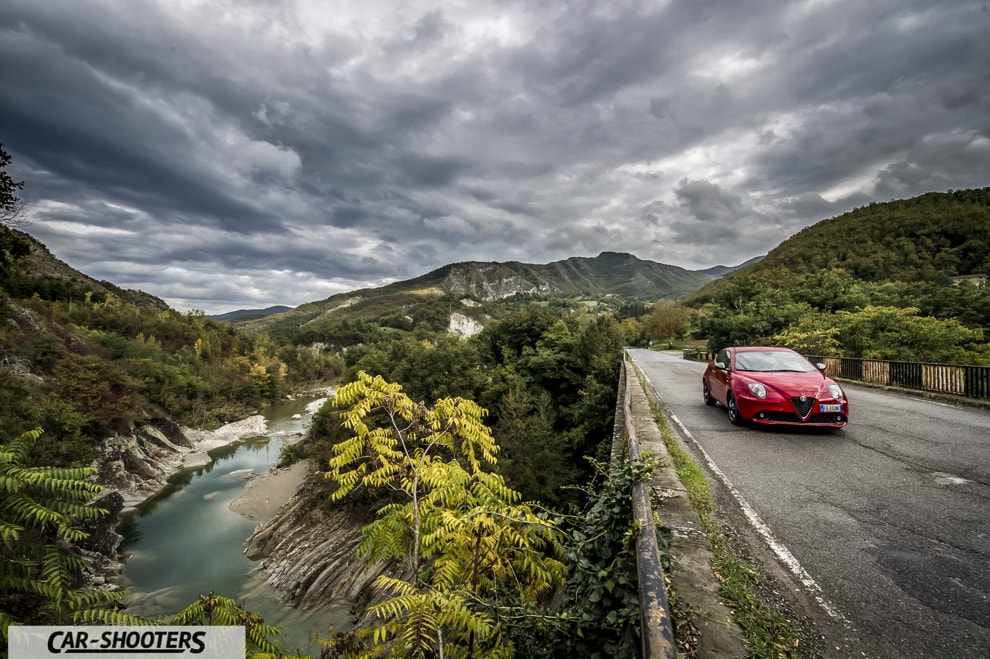
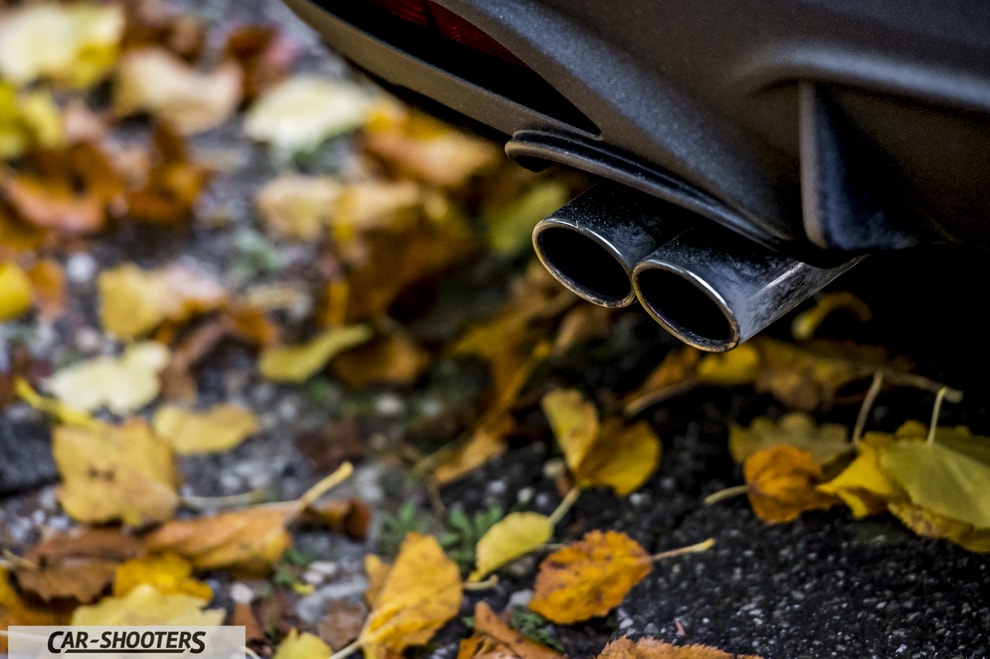
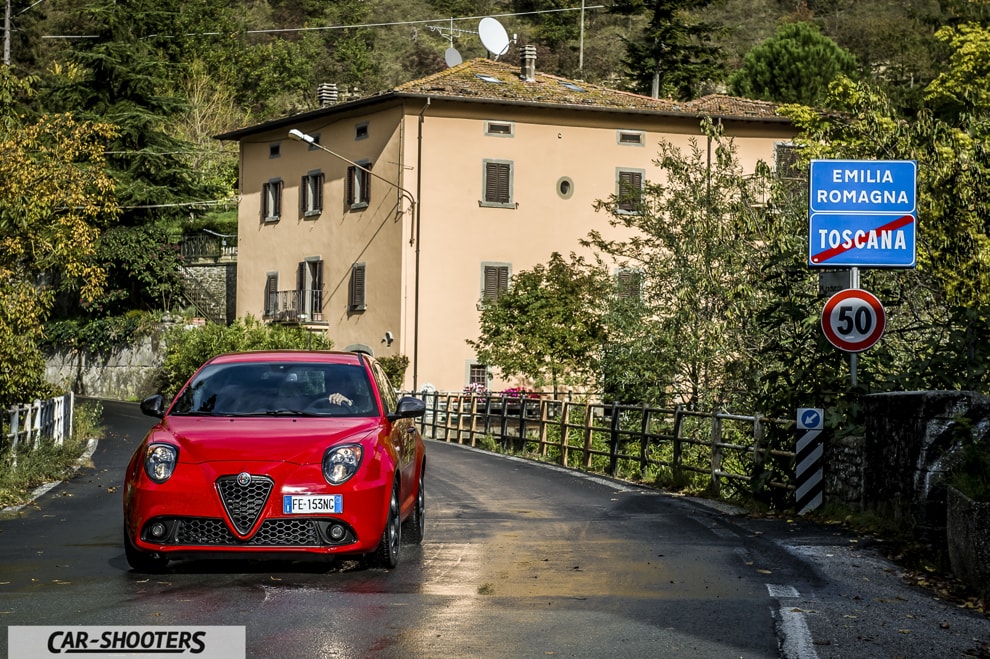
Along the way you can see the beautiful valley carved by the Santerno river as well as various examples of typical local architecture.
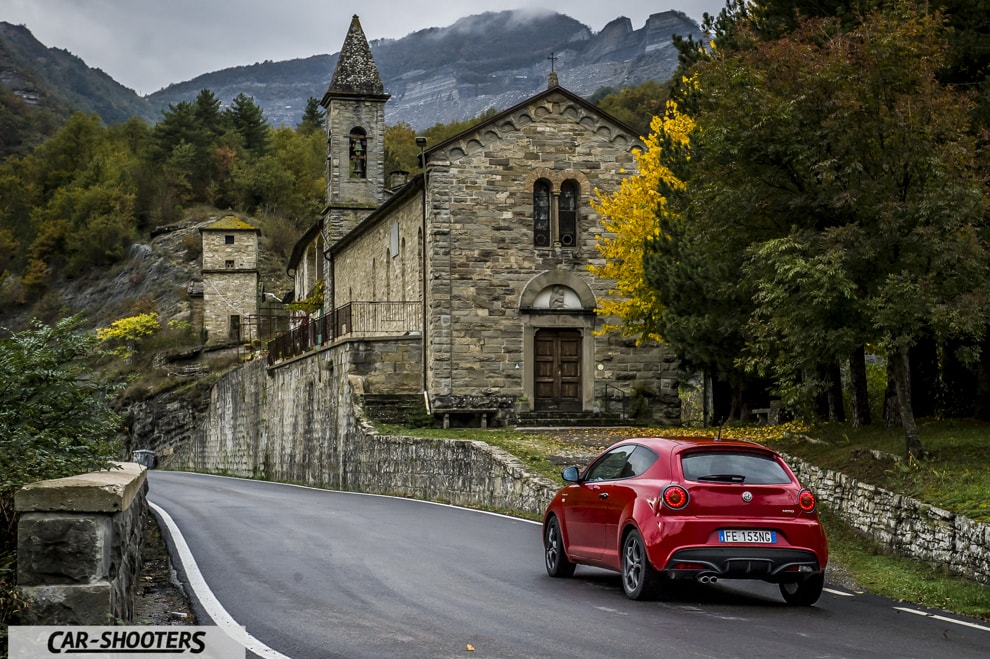
If we also add the beautiful colors offered by autumn you will amazed for sure! However, we are just over halfway. After so much rain once we leave Imola behold, the sun returns to enlighten at our arrive in Firenzuola.
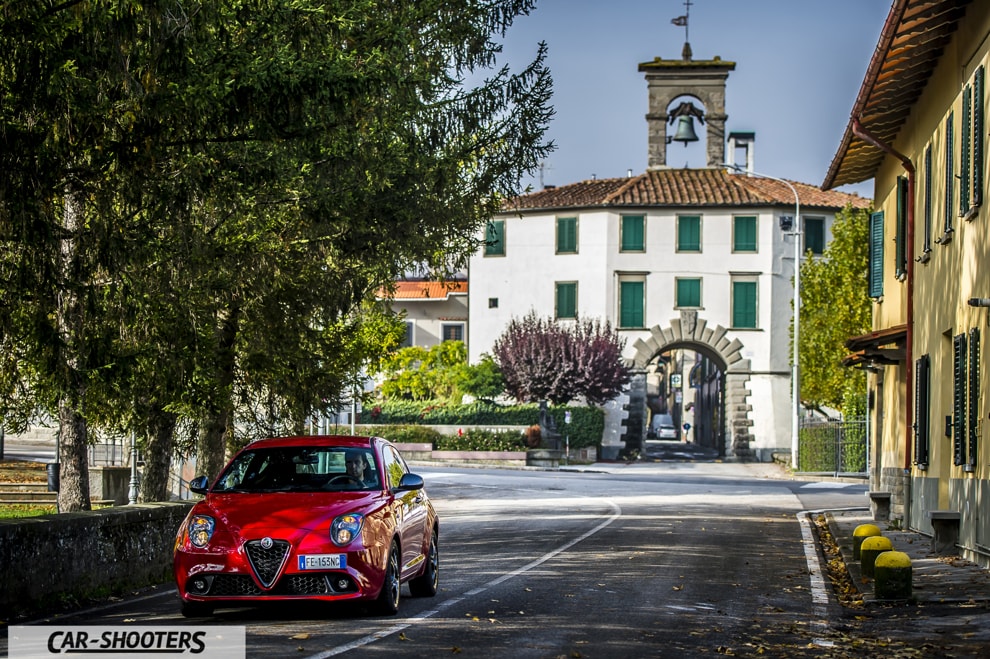
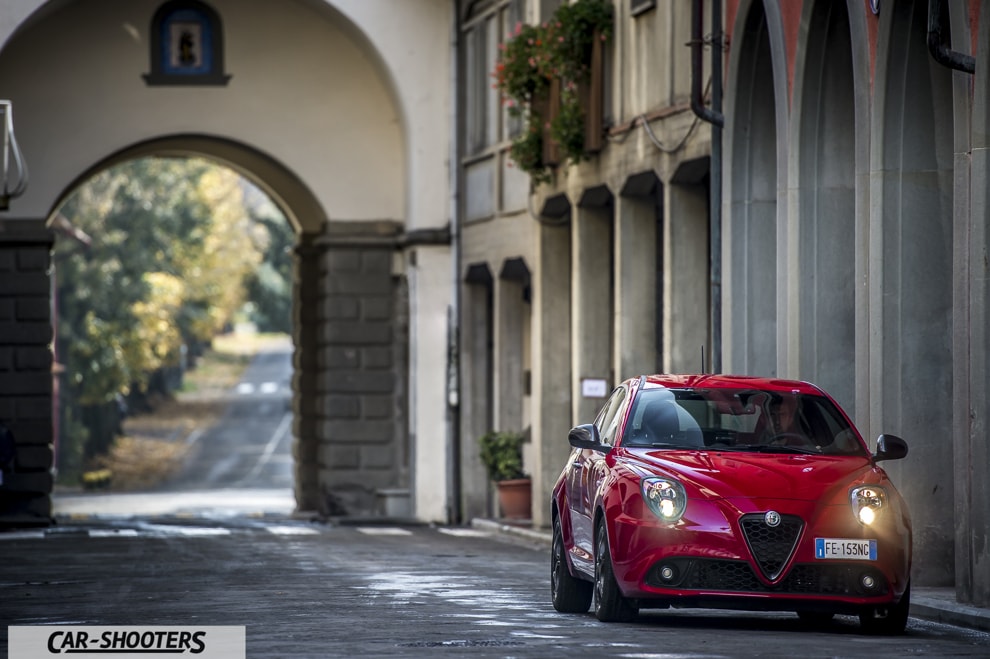
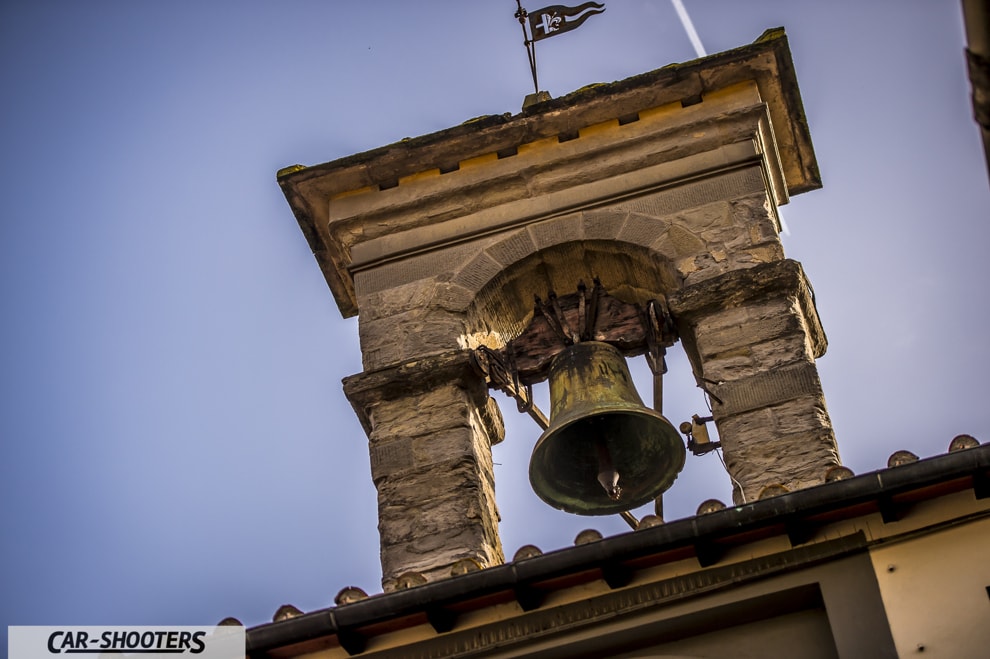
From here several interesting streets start. Here you can reach the famous Futa Pass, that arrives in Barberino di Mugello and the Bilancino Dam that you have already discovered in other articles. Our direction, however, is another. In fact, we head to the Passo del Giogo, another famous route in the area. The Strada Statale 503 Passo del Giogo is a fantastic mix of curves and every years hosts a famous hillclimb race.
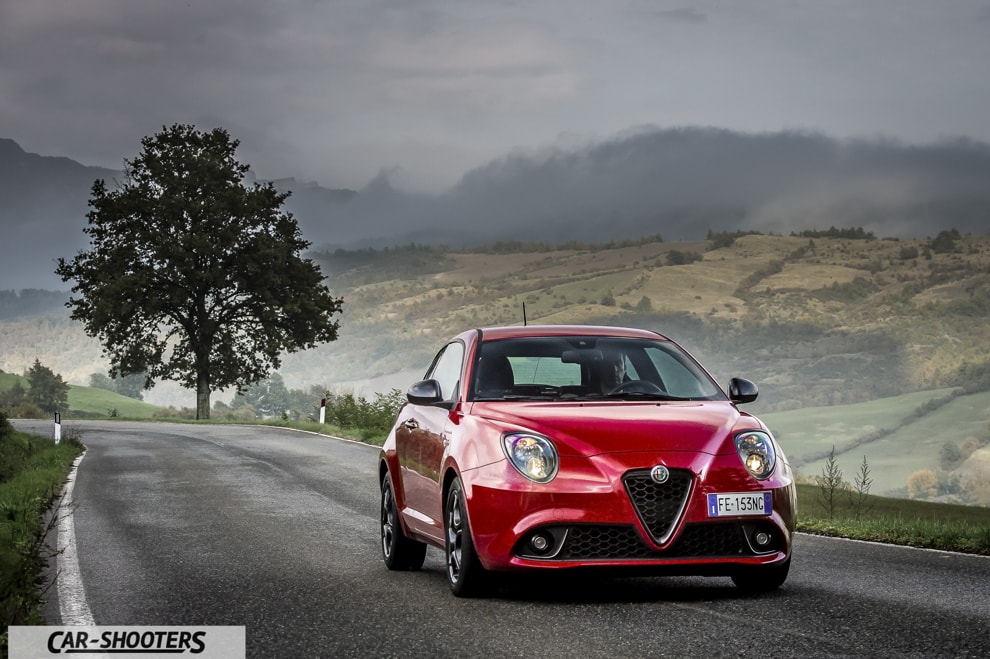
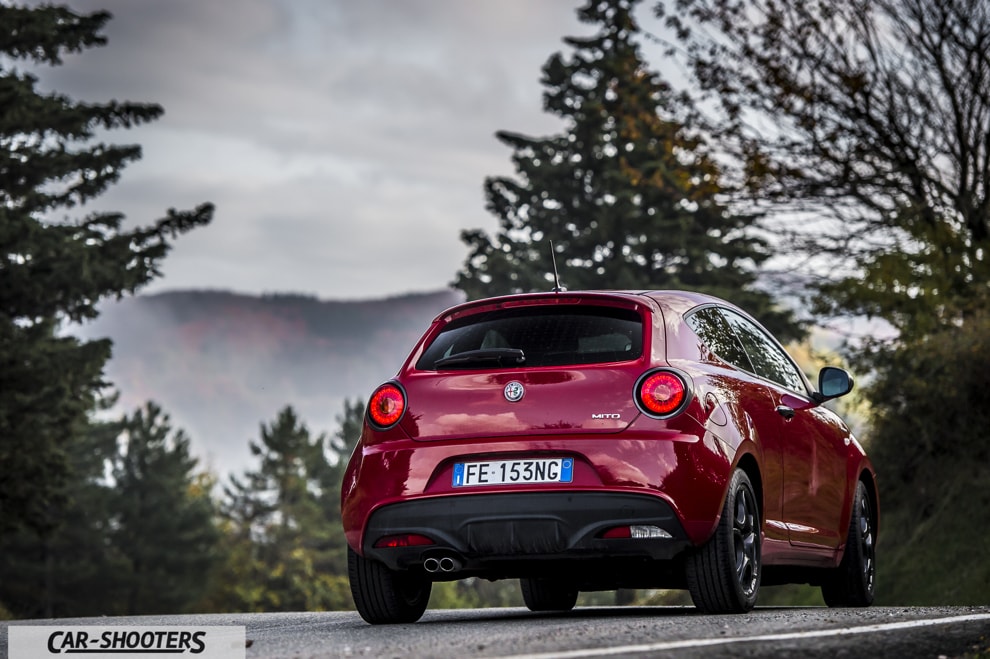
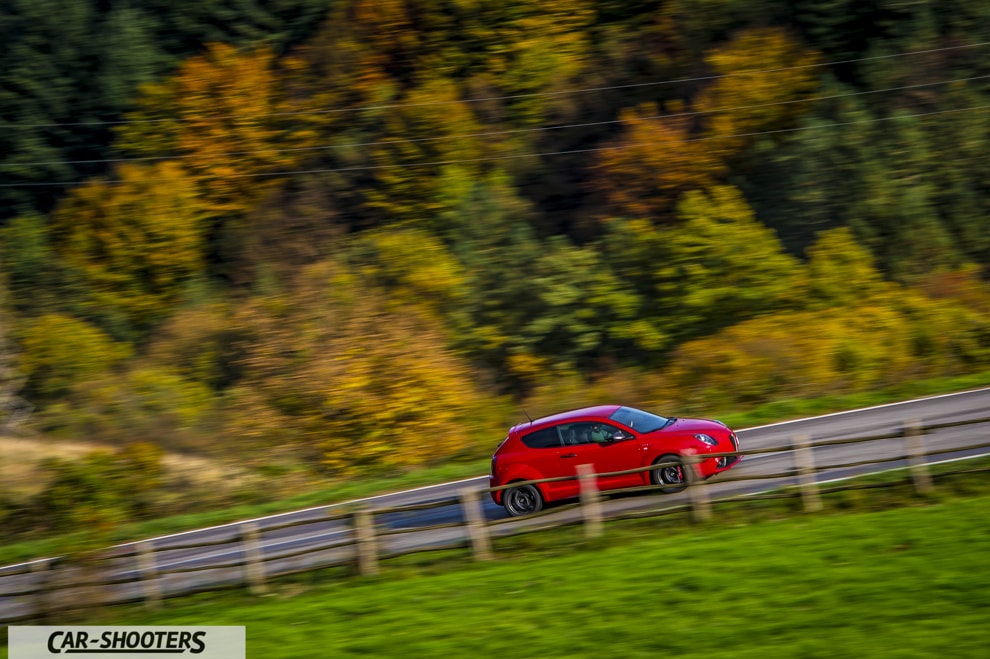
The Scarperia-Giogo is a famous hill climb race in the area and climbs the pass in the opposite direction of ours, from the town of Scarperia to the top of the Passo del Giogo. Going up and down this beautiful portion of the Apennines will amuse you and our experience is enriched by the views that the fog can give us. It ‘s time to head at a town of Scarperia that hosts our point of arrival: the Mugello Circuit.
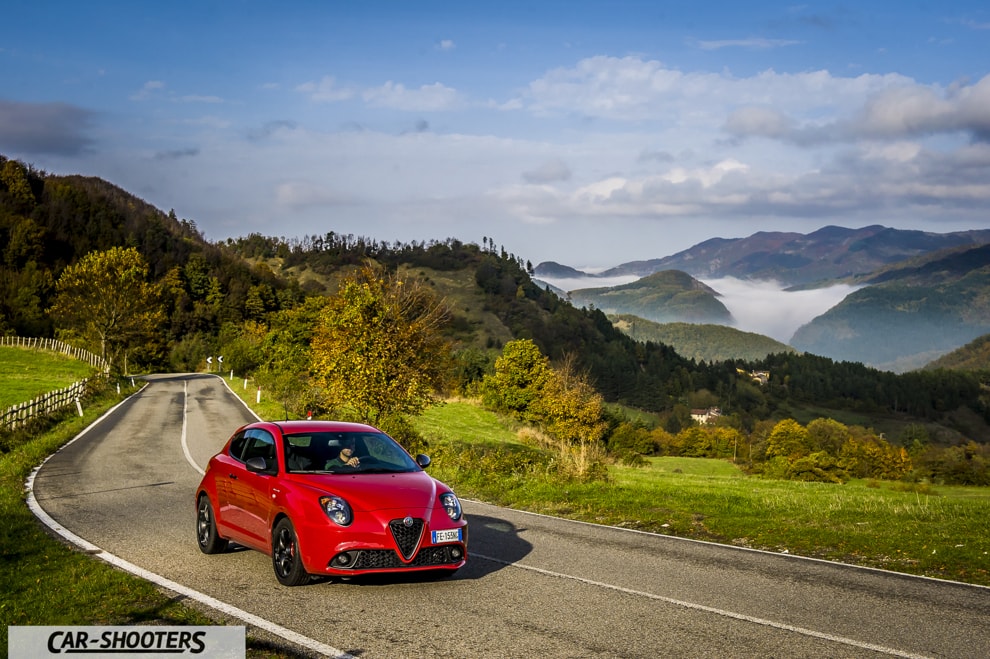
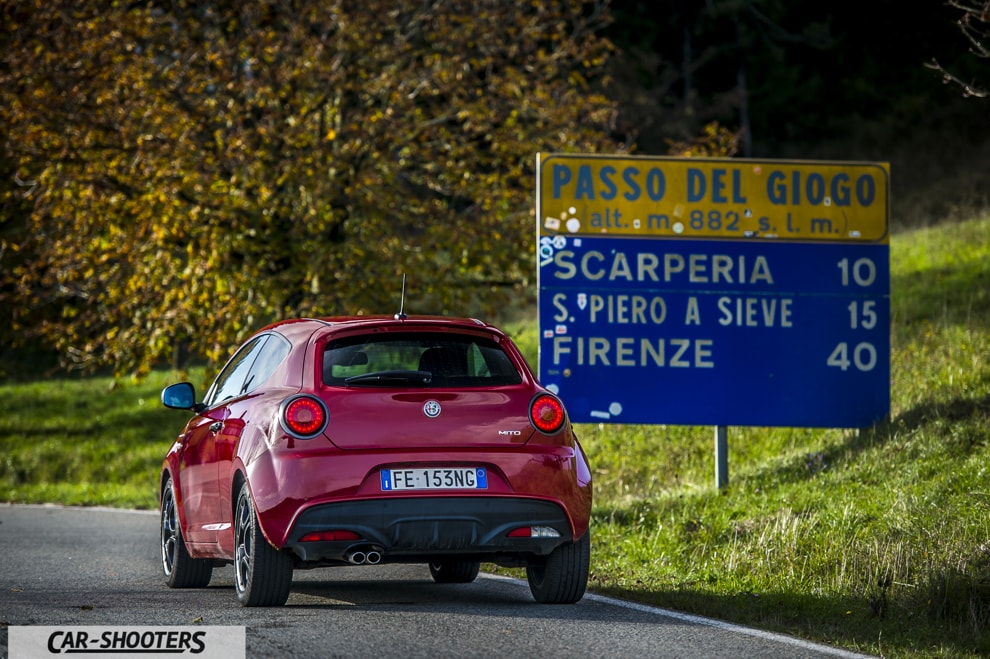
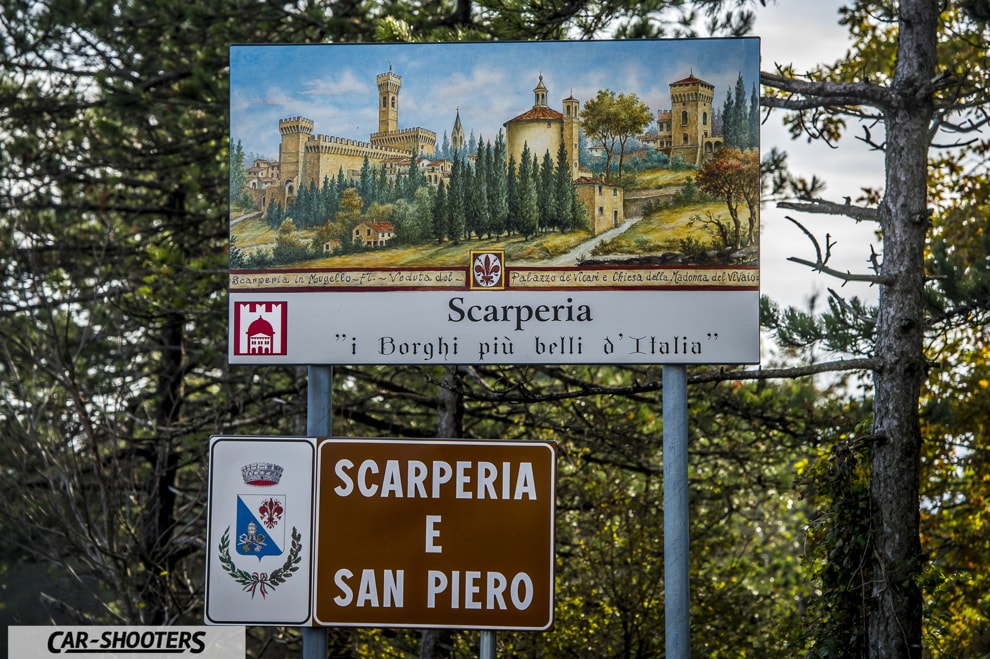
Scarperia, wonderful medieval village, is also famous for its handmade knives. Going down, here appear the Mugello Circuit. More than once you have admired the corners of this fantastic circuit in our articles and once again we are lucky enough, thanks to Riccardo Benvenuti, to enter into the paddock to take some shots.
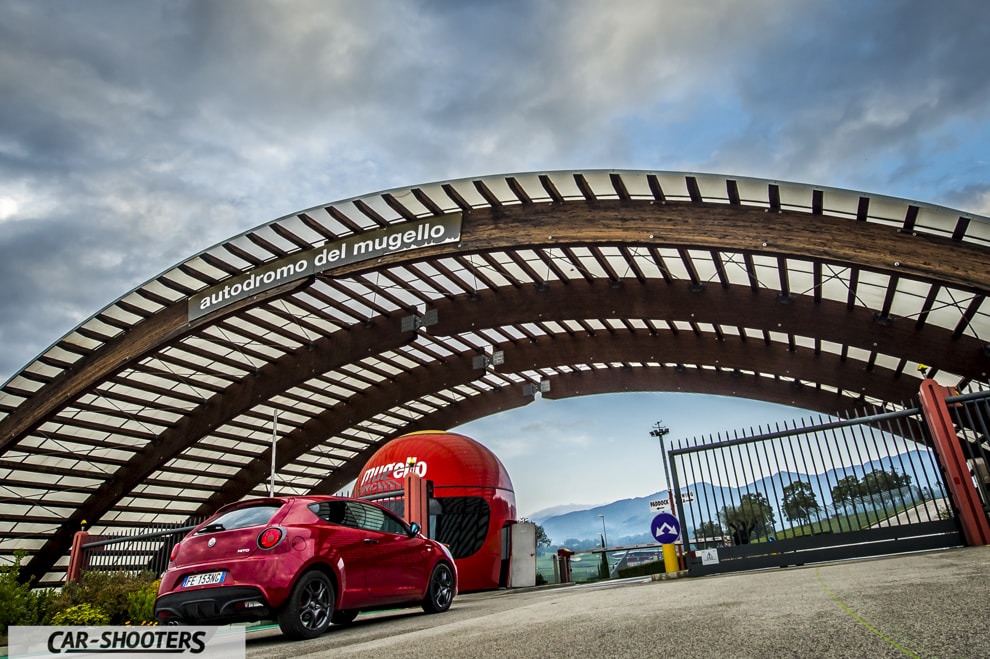
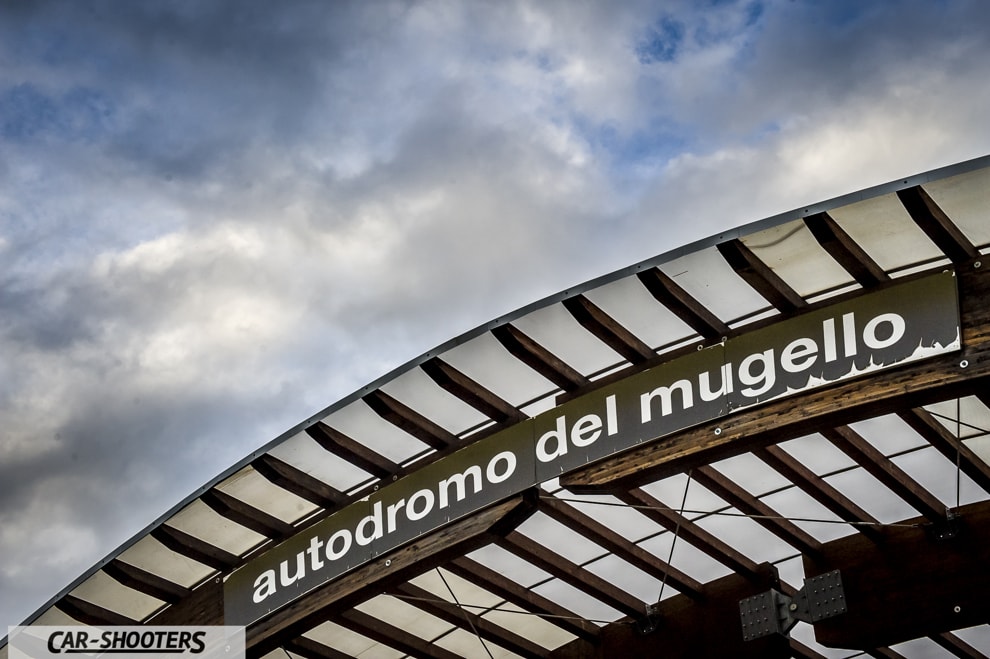
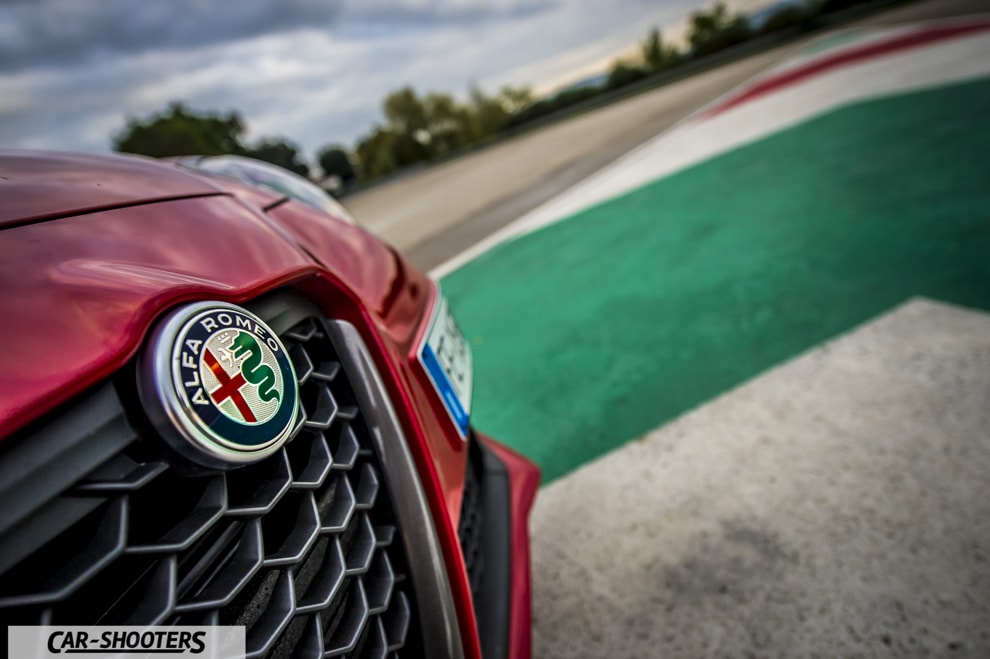
The Mugello Circuit was built in 1972 and acquired in 1988 by Ferrari. The word “Mugello” is now associated with the Mugello International Circuit, home of the MotoGP Italian Grand Prix, but for many fans also evokes the old Mugello Circuit. The race was one of the oldest in Italy and the competitors set off from the village of San Piero a Sieve or Scarperia and drove along the Passo del Giogo arriving in Firenzuola where, going to the left, reached the Passo della Futa and Barberino returning again in Scarperia area and San Piero ready for another lap. Certainly a very difficult path, full of history!
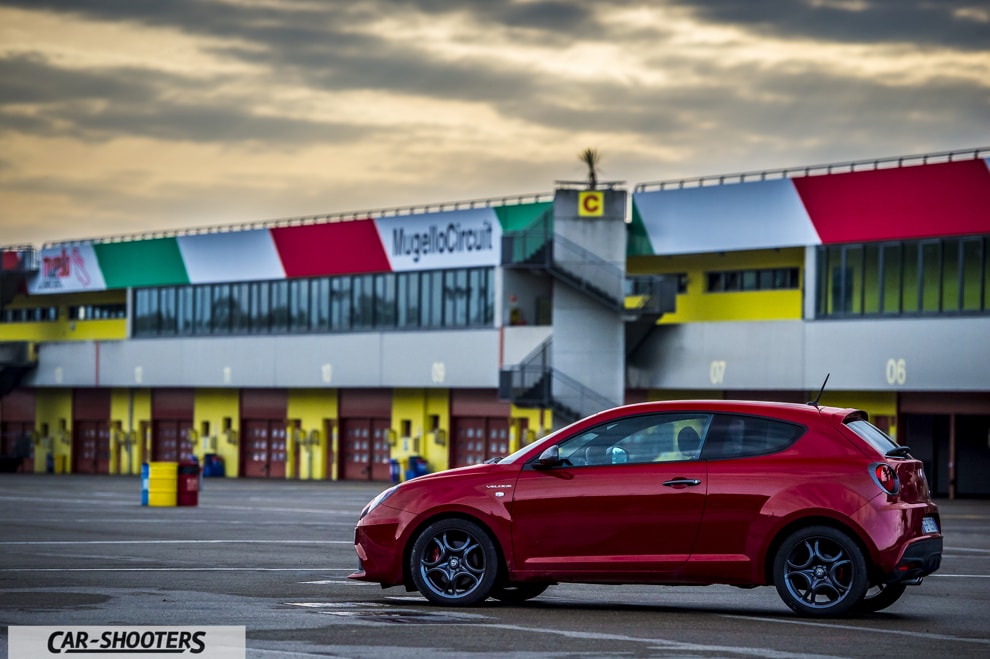
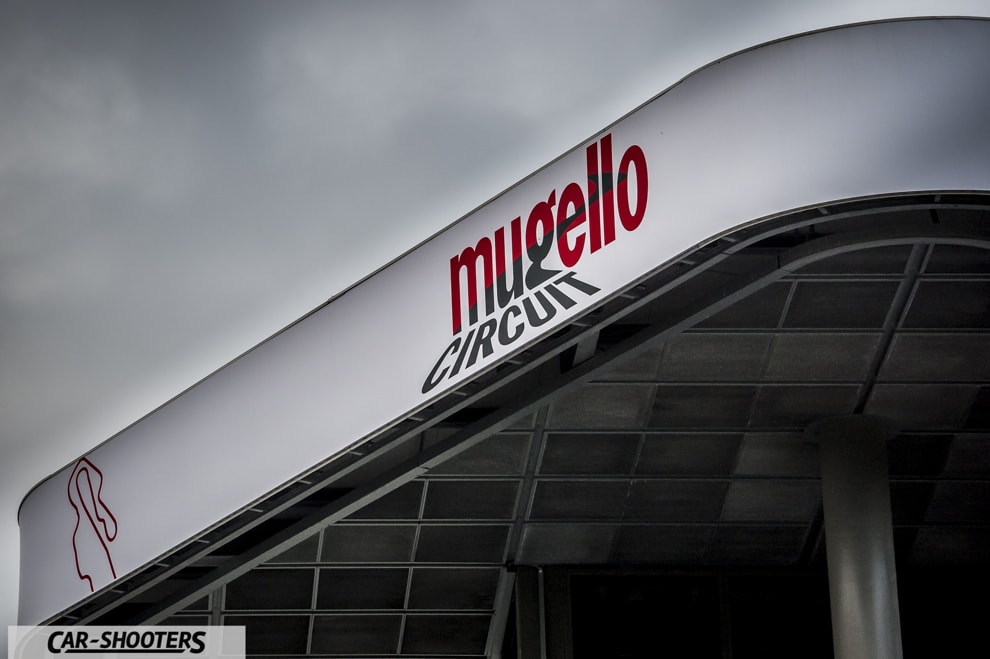
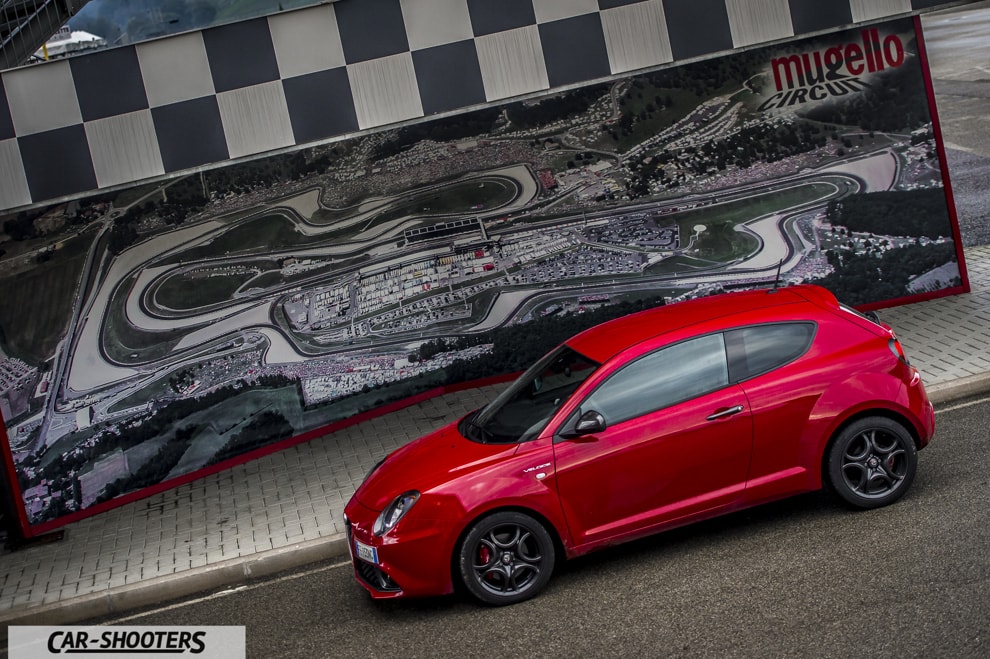
In the Autodromo del Mugello paddock we admire the Alfa Romeo MiTo VELOCE and a beautiful sunset in the clouds and can only be satisfied for how much fun we had driving those fantastic roads in a car that will make you have a smile on your face. The excellent traction of the Q2 differential, associated with the dual-clutch TCT gearbox used in Dynamic mode with the paddle on the steering wheel, made me have fun and never get in trouble. Another strong point is definitely the sound, not only on board, thanks to the excellent sound system (with the flaw of an infotainment certainly not so good) but also with the music off with a sports exhaust that gives satisfaction. The last rays of sun greet us when we return home after a day of really fantastic ride.
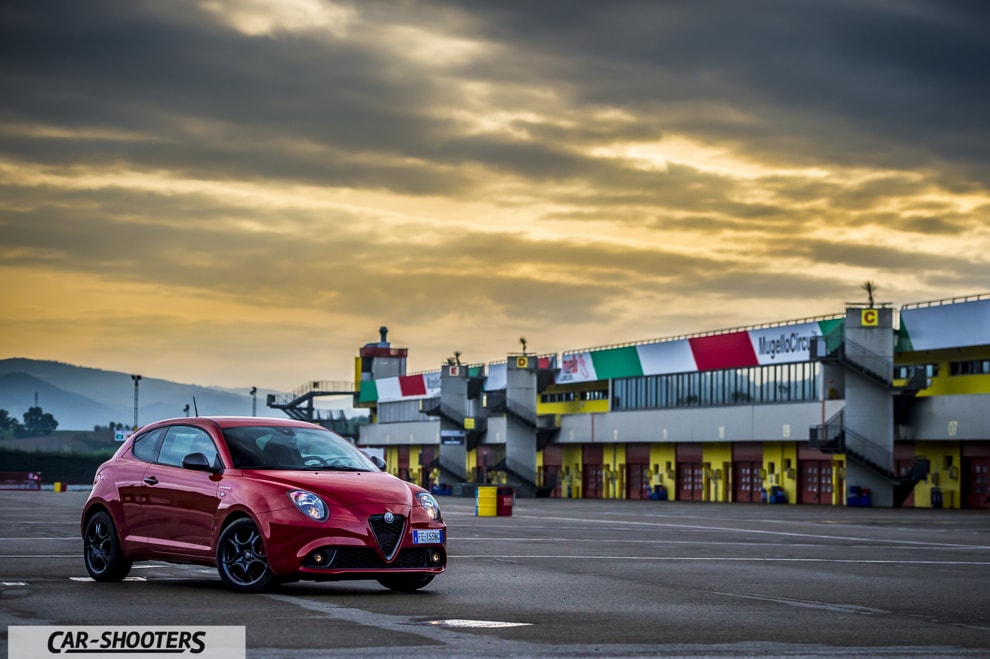
Text: Edoardo Mascalchi
Photos: Edoardo Mascalchi, Giacomo Boscagli
Bonus images:
The Museo Della Guerra in Castel del Rio:


